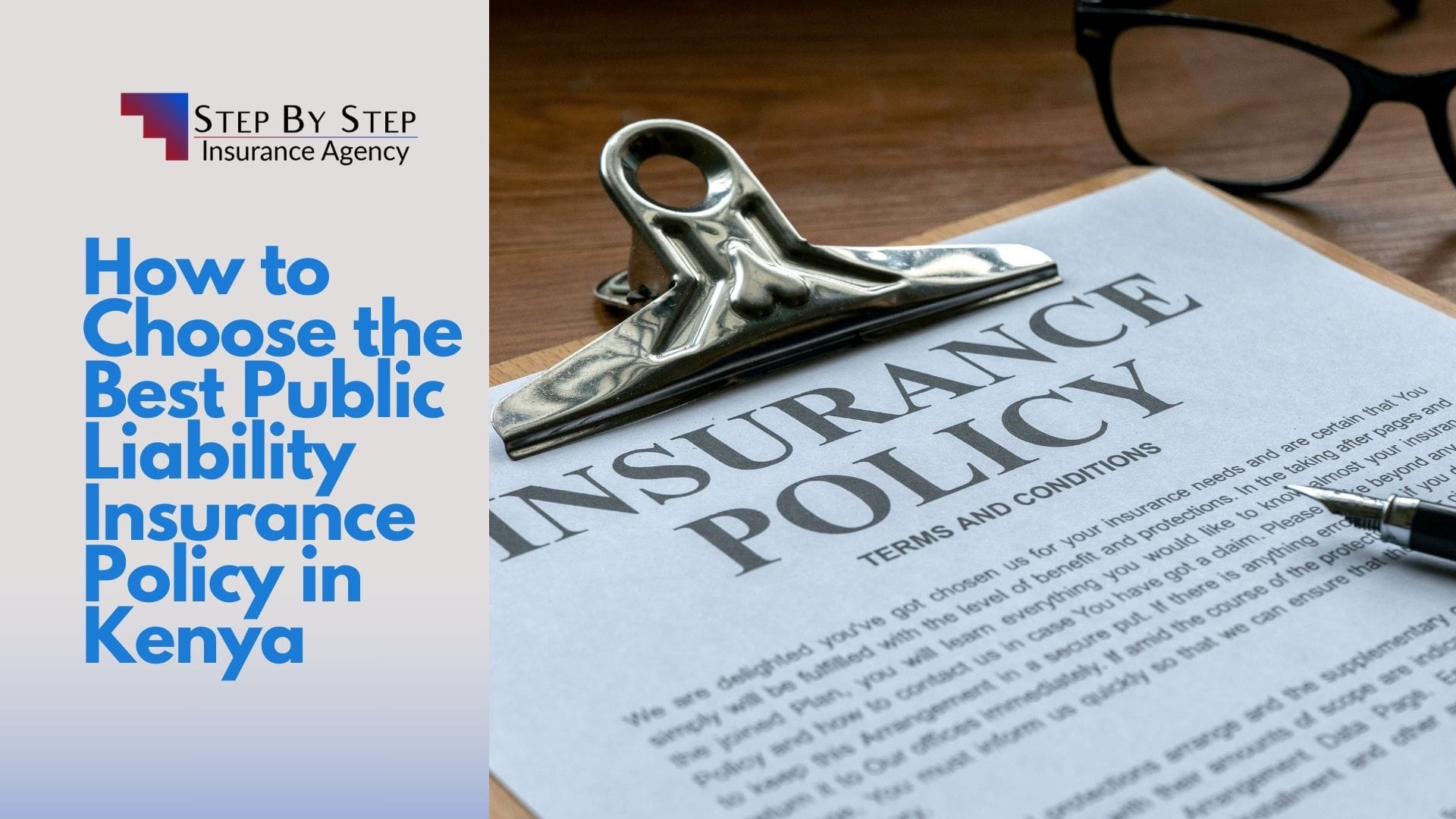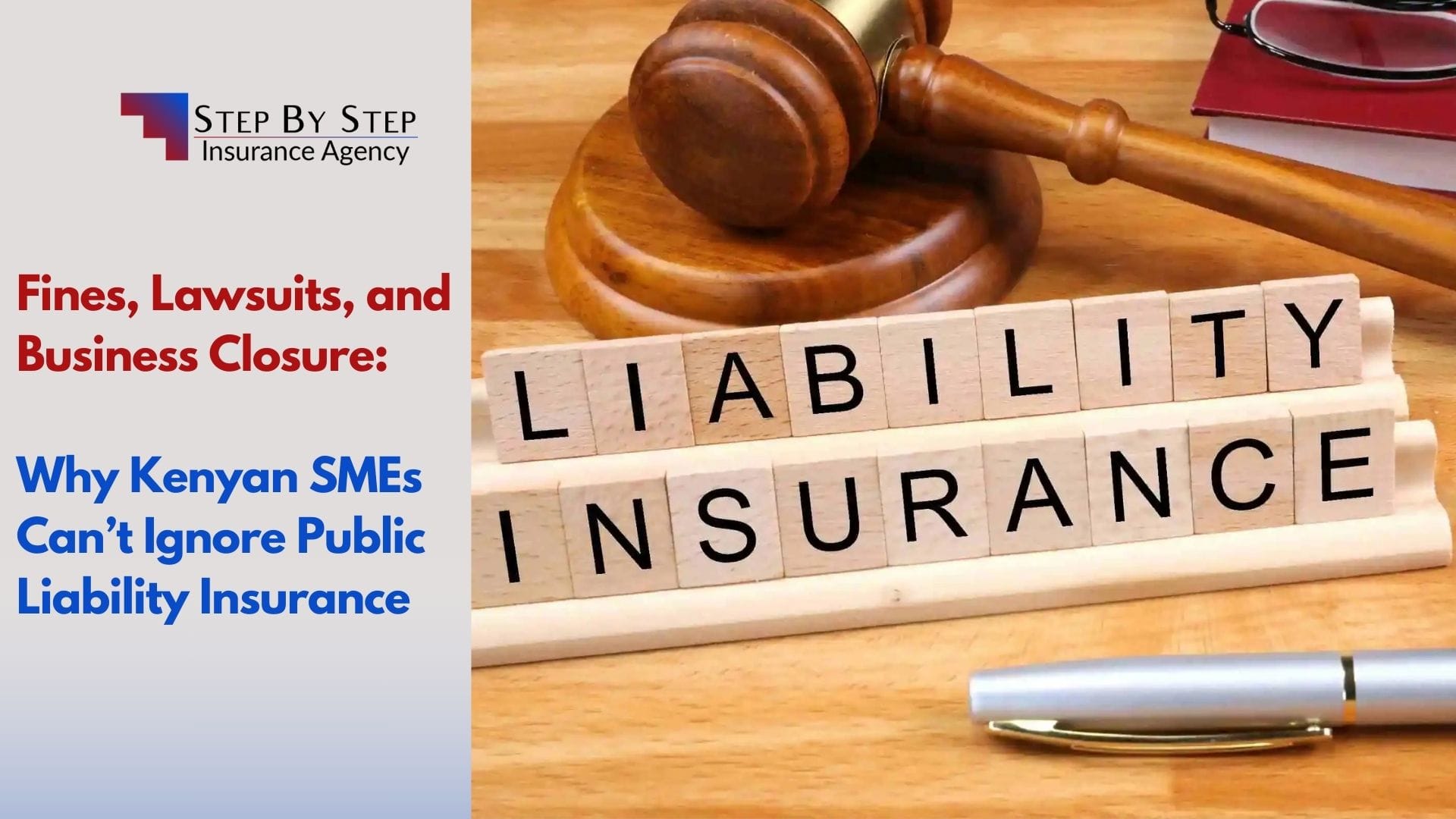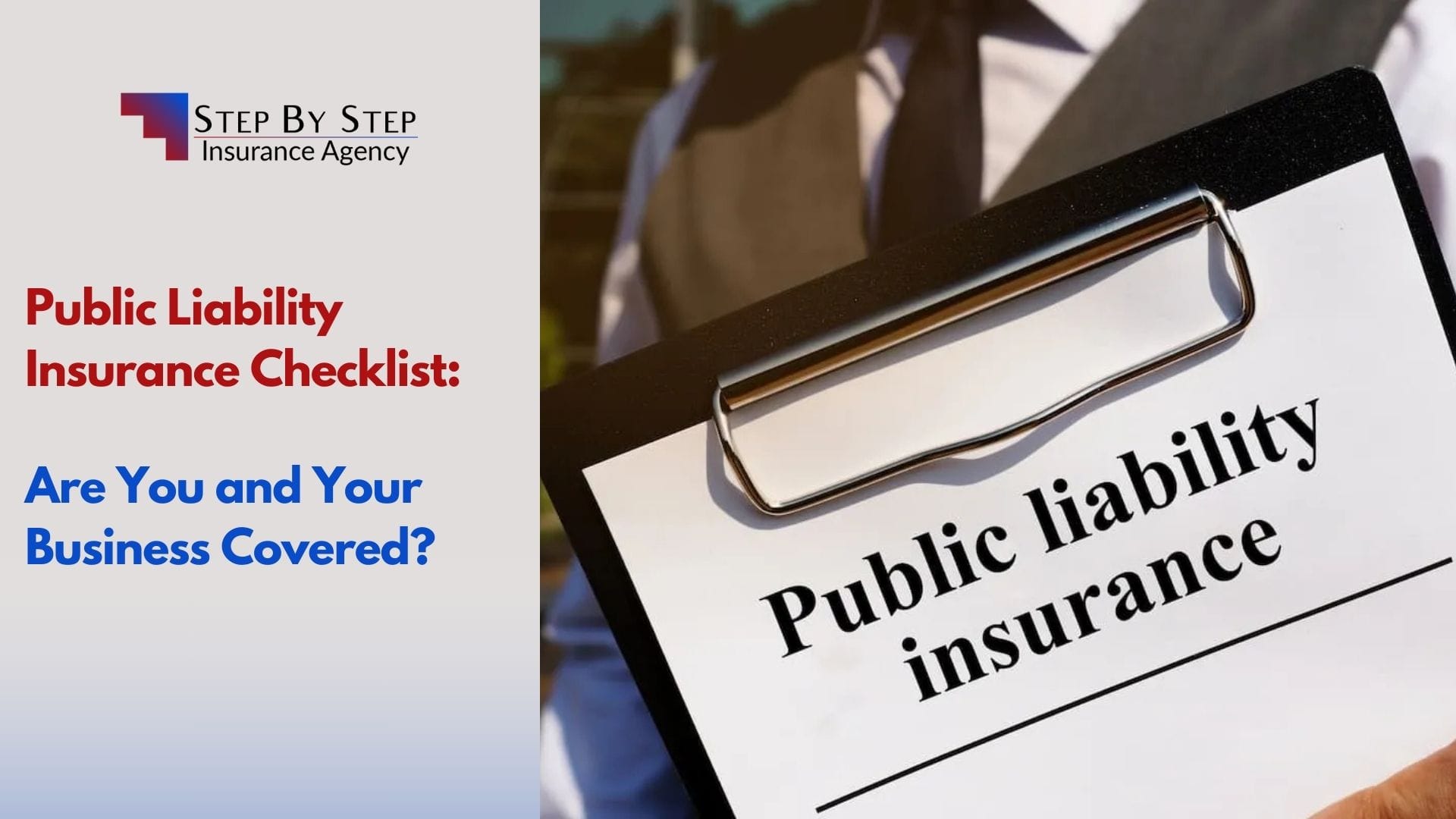How to Choose the Best Public Liability Insurance Policy in Kenya
Public Liability Insurance is a crucial form of coverage for businesses and individuals alike, offering protection against third-party claims related to property damage, bodily injury, or legal expenses arising from accidents or negligence.
Whether you run a small business, a large enterprise, or provide professional services, this type of insurance safeguards your assets and reputation by covering the costs that might arise from unforeseen events.
In Kenya, the importance of Public Liability Insurance cannot be overstated, as it not only protects your business from potential lawsuits but also ensures compliance with local regulations, which often require certain sectors to carry such coverage.
However, the variety of insurance options available in the market can make the decision-making process daunting.
With different insurers offering a wide range of policy features, exclusions, and pricing structures, choosing the right Public Liability Insurance policy for your needs requires a thorough understanding of the factors that influence coverage and cost.
To make an informed choice, it’s important to consider several key aspects: the extent of coverage, the reputation of the insurer, the premium rates, policy exclusions, and any legal requirements specific to your industry.
Additionally, it’s essential to evaluate the insurer’s financial strength, customer service, and claims handling process to ensure they can meet their obligations when a claim arises.
In this guide, we will explore how to assess and select the best Public Liability Insurance policy in Kenya, equipping you with the knowledge you need to make a choice that provides comprehensive protection, minimizes financial risk, and offers peace of mind.
What is Public Liability Insurance
Public Liability Insurance is a type of insurance that protects businesses from financial losses if they are held legally responsible for injury or property damage to third parties, such as customers, clients, suppliers, or the general public.
It is particularly relevant for businesses that interact with people or operate in public spaces.
Here are some practical tips to help you evaluate coverage limits, premiums, and exclusions:
1. Understand Your Specific Business Needs
- Identify potential risks your business might face. For instance:
- Event organizers may require coverage for public injuries at venues.
- Contractors might need protection against accidents at construction sites.
- Match the policy coverage to your industry’s unique liability risks.
2. Evaluate Coverage Limits
- Coverage limits determine the maximum amount an insurer will pay for a claim:
- Per Occurrence Limit: The amount covered for a single incident.
- Aggregate Limit: The total amount covered for all claims within the policy period.
- Ensure the limits are sufficient to cover the worst-case scenarios relevant to your business.
3. Compare Premium Costs
- Premiums are influenced by factors such as:
- Business Size and Nature: High-risk industries (e.g., construction, events) tend to have higher premiums.
- Claims History: A clean claims record may lower your premiums.
- Policy Add-Ons: Optional covers (e.g., product liability) can increase costs.
- Request quotes from multiple insurers and assess the cost-to-benefit ratio.
4. Analyze Policy Exclusions
- Carefully read the policy document to identify exclusions. Common exclusions include:
- Employee injuries (covered under Workers’ Compensation Insurance instead).
- Damage to your own property.
- Deliberate negligence or illegal activities.
- Choose a policy with fewer exclusions or ensure your risks aren’t excluded.
5. Assess Additional Benefits
- Some insurers offer extra benefits, such as:
- Legal defense coverage for court cases.
- Risk management advice to minimize claims.
- Flexible payment plans to ease premium costs.
- Look for policies that provide value-added services aligned with your business needs.
6. Check the Insurer’s Reputation
- Research the insurer’s credibility and customer service:
- Read reviews and testimonials from other businesses in Kenya.
- Check their claims settlement ratio and responsiveness to claims.
- Work with insurers or brokers that have a solid track record.
7. Work with a Broker or Advisor
- If unsure, consult a licensed insurance broker. They can:
- Help you compare options from multiple underwriters.
- Explain complex policy terms and conditions.
- Negotiate better premiums or customized coverage.
8. Factor in Regulatory Compliance
- Some industries in Kenya may have mandatory public liability requirements (e.g., hospitality or transport).
- Ensure the policy you select meets these regulatory standards to avoid legal issues.
9. Review Policy Renewal Terms
- Check the flexibility of renewal terms, including:
- Changes in premiums based on your claims history.
- Adjustments to coverage as your business grows.
10. Request a Policy Demonstration
- Ask for a clear explanation of how the policy works in real-life scenarios, especially the claims process.
- Ensure you understand the documentation required, timelines, and conditions for successful claims.
By evaluating these factors, you can choose a Public Liability Insurance policy that offers comprehensive protection while being cost-effective for your business in Kenya.
Challenges in Choosing the Best Public Liability Insurance Policy in Kenya
Selecting the ideal Public Liability Insurance policy in Kenya can be a complex process, as businesses and individuals face several challenges in finding the right coverage.
These challenges stem from factors such as the diversity of insurance products available, differences in insurer offerings, and local regulations.
Here are some of the key difficulties encountered when choosing a policy:
1. Variety of Insurance Products
The Kenyan insurance market offers a wide range of Public Liability Insurance policies from different insurers, each with varying coverage options and terms.
This can overwhelm businesses and individuals who may struggle to understand the nuances between policies.
Key considerations such as coverage limits, the types of incidents covered, and additional benefits can differ widely between insurers, making it hard to choose a policy that best aligns with specific needs.
2. Complexity of Terms and Conditions
Insurance policies often come with complex terms, exclusions, and conditions that can be difficult to interpret without a background in legal or insurance jargon.
For example, some policies may exclude certain types of claims, such as those arising from pollution or specific natural disasters.
Understanding these exclusions and fine print is crucial to avoid situations where a claim is denied because it falls outside the scope of coverage.
3. Inadequate Knowledge of Coverage
Many businesses, particularly small and medium-sized enterprises (SMEs), lack a clear understanding of the type and level of coverage they need.
Without this knowledge, it becomes challenging to choose a policy that sufficiently protects against all possible third-party risks.
As a result, businesses may either be over insured, paying higher premiums for unnecessary coverage, or underinsured, leaving themselves exposed to significant financial risks in case of a claim.
4. Premium Costs and Affordability
Premiums for Public Liability Insurance vary depending on factors like the size of the business, the nature of operations, and the level of coverage chosen.
While affordable premiums are important, the cheapest policy may not necessarily provide the right protection. Striking a balance between affordable rates and comprehensive coverage is a key challenge.
Furthermore, some businesses may struggle with cash flow constraints, making it difficult to justify the cost of insurance premiums despite their importance.
5. Regulatory Requirements and Legal Compliance
Different industries in Kenya may be subject to specific legal or regulatory requirements regarding liability insurance.
For instance, businesses operating in sectors like construction, healthcare, or hospitality may be legally required to carry certain types of insurance coverage.
Navigating these regulations and understanding the minimum required coverage can add complexity to the decision-making process, especially when the requirements differ from those of other sectors.
6. Evaluating Insurer Reputation and Financial Stability
In addition to the coverage options, it is essential to assess the reputation and financial stability of the insurer.
A policy from a company that is not financially secure may not be able to meet its obligations in the event of a large claim.
Researching an insurer’s claims history, customer reviews, and financial standing can be time-consuming but is essential for ensuring that the insurer will deliver when it matters most.
7. Claims Process and Customer Support
The ease and efficiency of the claims process can vary greatly between insurers. Some policies may have lengthy, complicated claims procedures, or poor customer service, which can delay or even deny rightful claims.
It’s important to choose an insurer known for a straightforward and transparent claims process.
Lack of proper support and delays in claims settlements can lead to business disruptions and additional financial strain.
8. Understanding the Fine Print of Exclusions
Policies may include exclusions that limit coverage for certain types of events or accidents, such as intentional harm or damage, contractual liabilities, or certain high-risk activities.
Businesses that are unaware of these exclusions may find themselves without coverage when they need it most.
Understanding what is and isn’t covered by the policy is critical to ensuring there are no unexpected gaps in protection.
9. Risk Assessment and Changing Needs
A business’s needs for public liability insurance may evolve over time as it grows or changes operations. What might be adequate coverage today may not be sufficient in the future.
Businesses may face difficulty in evaluating their risks accurately or in predicting how those risks might change.
Insurers might also not offer enough flexibility in their policies to accommodate these changing needs, forcing businesses to constantly reassess their coverage.
10. Lack of Personalized Advice
Without adequate guidance from insurance brokers or advisors, businesses and individuals may struggle to make an informed decision. Not all insurers provide the same level of support in terms of helping clients choose the most appropriate policy. A lack of personalized advice can lead to poor decision-making, with clients either underestimating their needs or failing to identify policies that offer the best value.
In conclusion, choosing the best Public Liability Insurance policy in Kenya involves navigating a range of challenges.
By understanding these obstacles and conducting thorough research, businesses and individuals can select policies that offer robust protection while aligning with their needs and budget.
Engaging with a knowledgeable insurance broker or consultant can also help mitigate many of these challenges and ensure that the right coverage is obtained.
Conclusion
Choosing the right Public Liability Insurance policy in Kenya is a critical step toward safeguarding your business from unexpected legal and financial risks.
By carefully evaluating your coverage needs, understanding policy limits, comparing premiums, and analyzing exclusions, you can make an informed decision that protects your business and reputation.
Remember, working with a trusted insurer or broker can simplify the process and ensure you get the best value for your investment.
Don’t leave your business exposed—take action today! Explore Public Liability Insurance options tailored to your needs and secure your peace of mind.
Contact Step By Step Insurance, your trusted insurance agency for expert guidance in choosing the right coverage. Secure your business. Build trust. Thrive with confidence.
#BusinessProtectionKE #PublicLiabilityInsurance #InsureYourBusiness #KenyaInsuranceTips #BusinessSafety #RiskManagement





